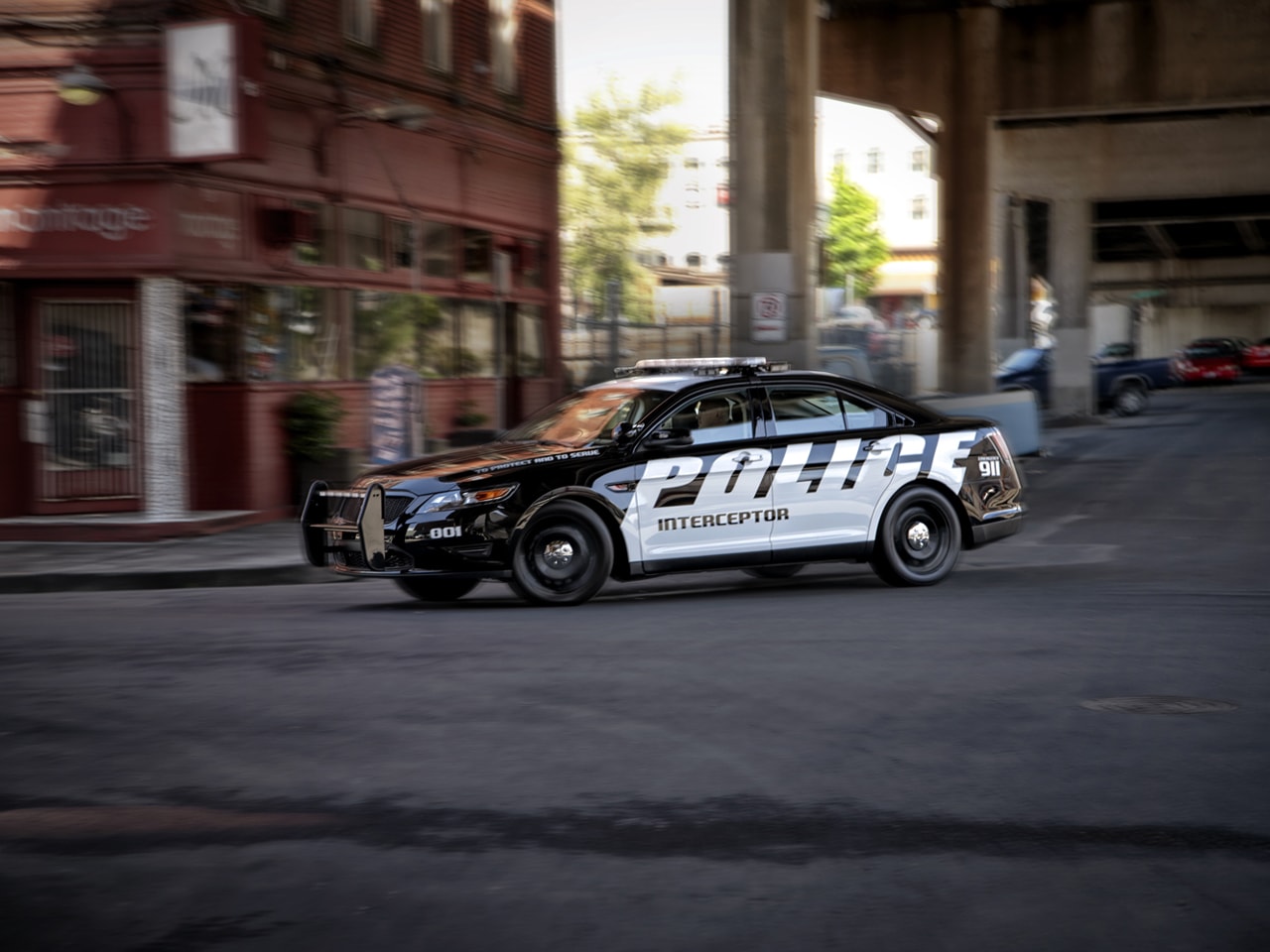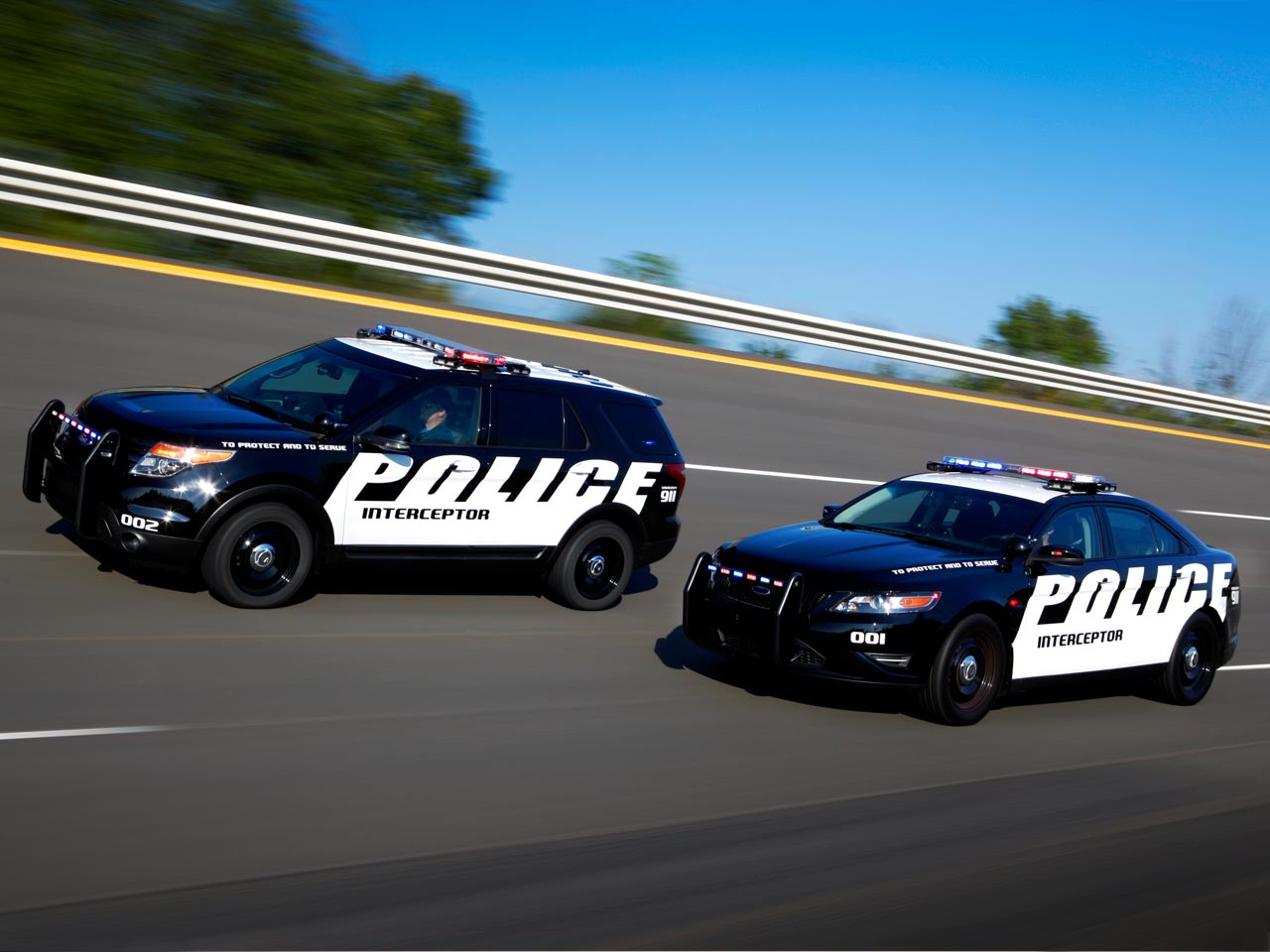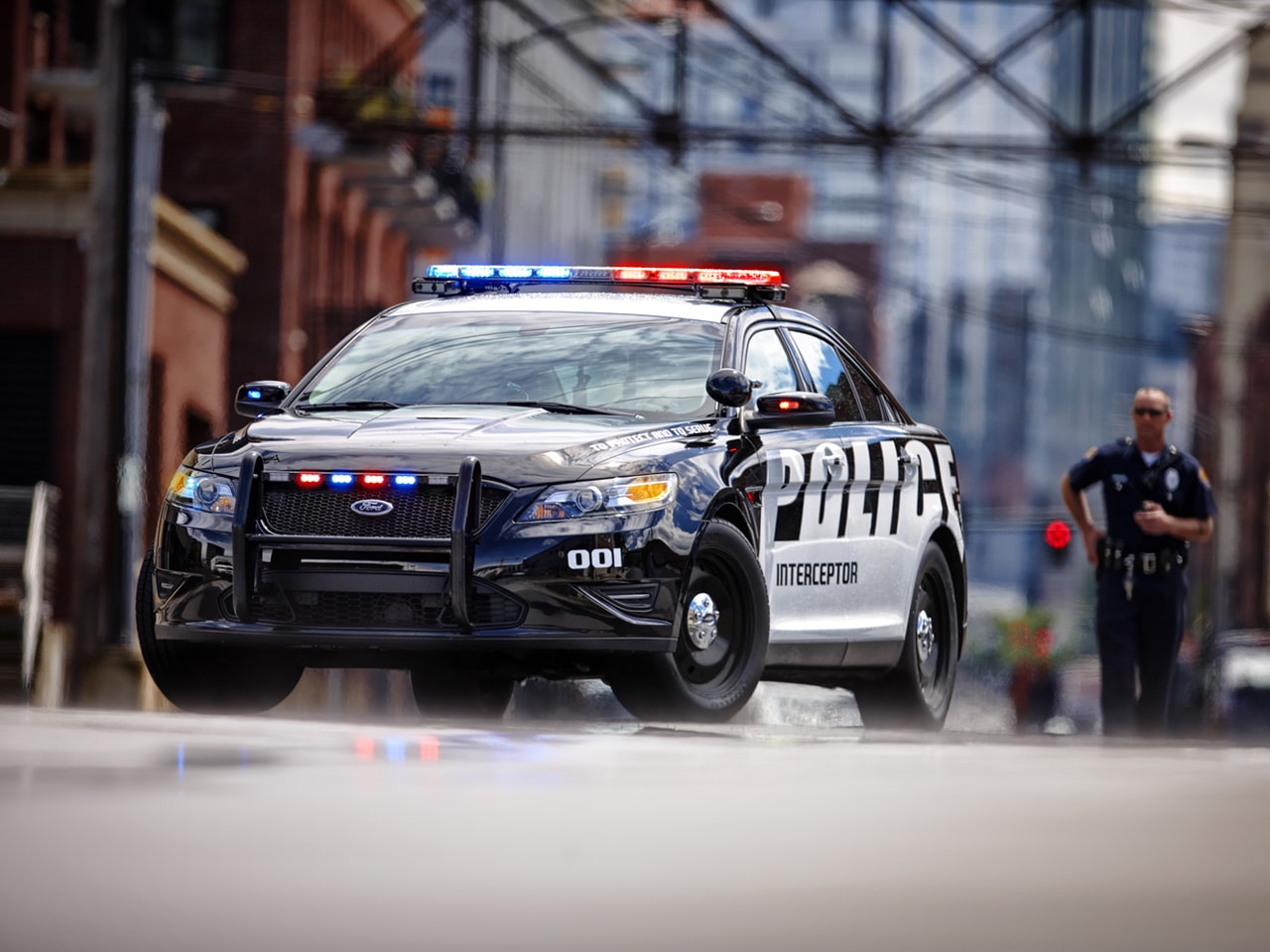← Continued from Page 1 of "High-Speed Chases: Twisted Metal, Wrecked Cars and Adrenaline"Merriam-Webster’s definition for the term “chasing” speaks for itself: to follow rapidly, to pursue. Add “cars” to the whole scenario and here you are, a high-speed pursuit that usually involves a runaway driver and one or more police vehicles.
In most cases, police officers chase the suspect until the car he drives runs out of gas, but if they have to deal with a drunk or an intoxicated driver, they all try to stop the vehicle as fast as possible.
Runaway drivers usually head over to highways because they have the chance to drive as fast as possible, but only a few actually think that police have the same power too.
Not to mention that a suspect can be arrested much easier, especially because today’s officers have plenty of new-generation systems at their disposal.
Sometimes, high-speed police chases can quickly become dangerous for all the other motorists on the road. As you can see in this example, police officers try to stop the criminal, but several other cars are crashed during his attempt to run away.
Driving away at very high speed seems to be the answer for most suspects, which obviously turns the whole adventure into a very dangerous experience, not only for the driver himself, but also for the other motorists on the road. That’s why police officers turn to spike strips (just like the ones we’ve seen in Need for Speed Hot Pursuit a long time ago), cruisers, ramming and even shooting out the tire.
Police on the other hand prefer to simply track down and follow the suspect until his car runs out of gas, while a helicopter records the whole pursuit and lends officers a hand to find the criminal in case he manages to run away.
As we said, it’s almost impossible to find a good reason for someone to run away on the highway. Most of the suspects are either drunk or intoxicated, but we’ve also heard of cases when the drivers tried to impress their girlfriends or simply wanted to be on TV. Of course, there’s another “special” category too, grouping people that did something illegal and try to escape from law enforcement.
Every time however, there seems to be some sort of scenario that takes place just like in a movie. The driver reaches the highway with police on his tail and tries to run away by doing all kind of dangerous maneuvers. If he doesn’t represent a threat for the other drivers, police officers simply try to ram the vehicle or stop it using their very own cruisers, but extreme moments call for extreme measures. Shooting out the tires is dangerous for both the suspect and the other cars on the road, but it definitely stops the pursuit. And so is a spike strip, although this needs a better organization from the officers.
As you can see, you don't need a fast car to start a high-speed police chase on the highway. As long as you have the guts to run away from the police, a truck should be just fine.
The most “entertaining” high-speed chases are those when criminals simply drive on the highway as fast as possible until they run out of gas. In which case they stop the car and run their heads off for a few minutes, before eventually getting arrested.
Sadly, there were moments when police officers, pedestrians and motorists got injured during the chase, so authorities call for new laws to prevent high-speed chases. Jump to the next page to find out what state officials have done so far.
In most cases, police officers chase the suspect until the car he drives runs out of gas, but if they have to deal with a drunk or an intoxicated driver, they all try to stop the vehicle as fast as possible.
Runaway drivers usually head over to highways because they have the chance to drive as fast as possible, but only a few actually think that police have the same power too.
Not to mention that a suspect can be arrested much easier, especially because today’s officers have plenty of new-generation systems at their disposal.
Sometimes, high-speed police chases can quickly become dangerous for all the other motorists on the road. As you can see in this example, police officers try to stop the criminal, but several other cars are crashed during his attempt to run away.
Driving away at very high speed seems to be the answer for most suspects, which obviously turns the whole adventure into a very dangerous experience, not only for the driver himself, but also for the other motorists on the road. That’s why police officers turn to spike strips (just like the ones we’ve seen in Need for Speed Hot Pursuit a long time ago), cruisers, ramming and even shooting out the tire.
Police on the other hand prefer to simply track down and follow the suspect until his car runs out of gas, while a helicopter records the whole pursuit and lends officers a hand to find the criminal in case he manages to run away.
As we said, it’s almost impossible to find a good reason for someone to run away on the highway. Most of the suspects are either drunk or intoxicated, but we’ve also heard of cases when the drivers tried to impress their girlfriends or simply wanted to be on TV. Of course, there’s another “special” category too, grouping people that did something illegal and try to escape from law enforcement.
Every time however, there seems to be some sort of scenario that takes place just like in a movie. The driver reaches the highway with police on his tail and tries to run away by doing all kind of dangerous maneuvers. If he doesn’t represent a threat for the other drivers, police officers simply try to ram the vehicle or stop it using their very own cruisers, but extreme moments call for extreme measures. Shooting out the tires is dangerous for both the suspect and the other cars on the road, but it definitely stops the pursuit. And so is a spike strip, although this needs a better organization from the officers.
As you can see, you don't need a fast car to start a high-speed police chase on the highway. As long as you have the guts to run away from the police, a truck should be just fine.
The most “entertaining” high-speed chases are those when criminals simply drive on the highway as fast as possible until they run out of gas. In which case they stop the car and run their heads off for a few minutes, before eventually getting arrested.
Sadly, there were moments when police officers, pedestrians and motorists got injured during the chase, so authorities call for new laws to prevent high-speed chases. Jump to the next page to find out what state officials have done so far.





